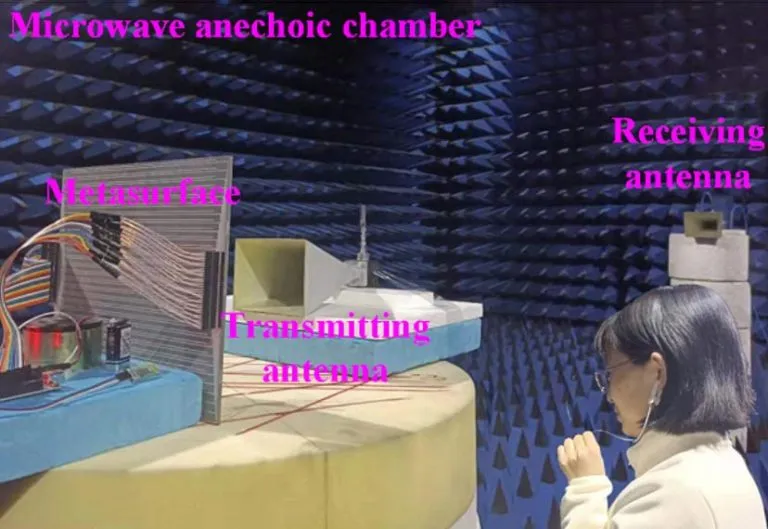A published scientific paper entitled "metamaterials for remote mind control via brain waves" has advanced the first step towards real-time, remote and wireless mind control of metamaterials When you think of telepathy, moving objects in the distance with your mind, you think of pure novels, such as Skywalker in Star Wars: Empire Strikes Back or various characters in X-Men. However, it is actually something that scientists are studying. For some of them, the key technology is something called metamaterials.

Metamaterials have attracted extensive attention in many fields because of their extraordinary physical properties. It provides researchers with a new concept of designing artificial materials and brings vitality and vigor to advanced functional materials. As the two-dimensional counterpart of metamaterials, hypersurfaces have unprecedented freedom in manipulating electromagnetic (EM) waves.
Through field programming, programmable hypersurfaces (PMS) with multiple or switchable functions can be implemented and further integrated with sensors or driven by predefined software. Adaptivity greatly improves response speed by eliminating human participation. Switching between different functions on these PMS usually depends on manual operation. The basic framework is wired, manually controlled and non real-time switching. Therefore, it is very attractive to build a whole framework of functional meta interface that can realize remote, wireless, real-time and mental control.

In a new paper published in the Journal elight, a joint team of scientists led by professors Qu Shaobo and Wang Jiafu of the air force University of engineering and Professor Qiu Chengwei of the National University of Singapore has taken the first step towards real-time, remote and wireless mind control of metamaterials. Their paper, entitled "metamaterials for remote mind control via brain waves", proposed a framework to achieve this goal.
Traditionally, in many cases, human intervention and participation are usually required. Humans should use their minds to directly control the meta surface. It has been proved that the human brain produces brain waves in the process of thinking. The author speculates that collecting brain waves and using them as control signals of the meta surface will enable users to control the meta surface with their thoughts. This will also improve the reaction speed of the meta interface. This development will mark a big step towards the real smart element surface.

The research team wirelessly transmits the user's brain waves to the controller through Bluetooth, realizing remote control. The purpose is to use the user's brain waves to control the electromagnetic response of PM. By taking this approach, they demonstrated an rmcm in which the user can control the scattering mode.
The simulation and test results show that the user's EEG directly controls the results, and the control rate and switching rate are significantly better. This shows that their model is far superior to any existing model or product on the market. Their design can be further customized to improve the accuracy of their equipment.
The research team hopes to combine it with intelligent algorithms and improve the process in the future. They believe that their work can be extended to other mental control functions or multifunctional meta surfaces at any time. It may find applications in different fields such as health monitoring, 5g/6g communication and intelligent sensors.